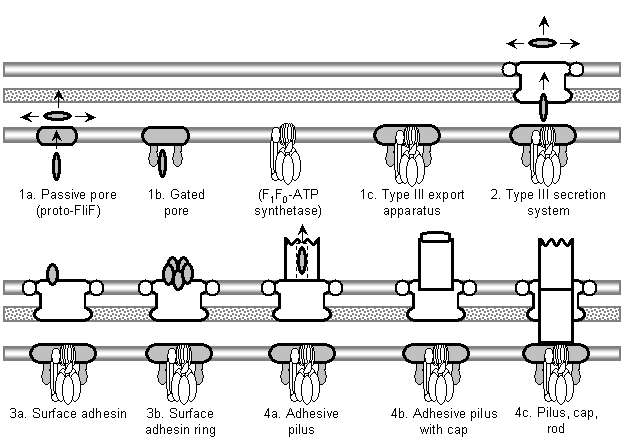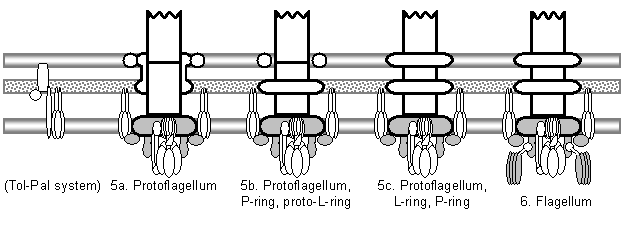Царь Славян
New Member
[Mod note]
As requested, I've split off the Creationist Cannards thread so not to derail it. All discussion with regard to Царь Славян and his views on evolution should be directed here.
Play nice.
[/message ends]-----
http://www.designinference.com/documents/2005.06.Specification.pdf
As requested, I've split off the Creationist Cannards thread so not to derail it. All discussion with regard to Царь Славян and his views on evolution should be directed here.
Play nice.
[/message ends]-----
William Dembski has presented just such a method. If we have no known natural law to explain a certain pattern and the said pattern conforms to an independently given pattern and is improbable enough to have happened by chance, it exhibits specified complexity. And then we are reasonably justified in infering design. Because there are no other known explanations, and we know from experience that intelligent agents can produce specified complexity, that makes intelligence the best current explanation.[19.1] That there exists a detailed, rigorous, robust methodology for segregating entities into the "designed" and "not designed" classes ("It looks designed, therefore magic man" isn't good enough);
http://www.designinference.com/documents/2005.06.Specification.pdf
In the above link, we have an example of how to test random sequences from non-random sequences. The example is a known non-random sequence, the Fibonacci sequence, specifically the one designed for the movie The Da Vince Code.[19.2] That the methodology cited in [19.1] above has been tested upon entities of known provenance, and found to be reliable via said direct empirical test;
It's a generalized version of Fisher's approach to hypothesis testing. It is made to apply to all patterns, thus to all patterns that matter can exhibit in the universe.[19.3] That the methodology cited in [19.1] above, and determined to be reliable in [19.2] above, is accompanied by a rigorous demonstration of its applicability to specific classes of entity of interest;
This also holds true. A pattern that is both complex and specified is best explained as designed. The probabilistic threshold is set to ,½. If the event that exhibits the pattern has the probability more than ,½ we do not infer design, if the probability is less than ,½, we infer design.[19.4] That the methodology cited in [19.1] above, determined to be reliable in [19.2] above, and determined to be applicable to the requisite class of entities in [19.3] above, yields an unambiguous answer of "designed" for the entities to which it is applied.


